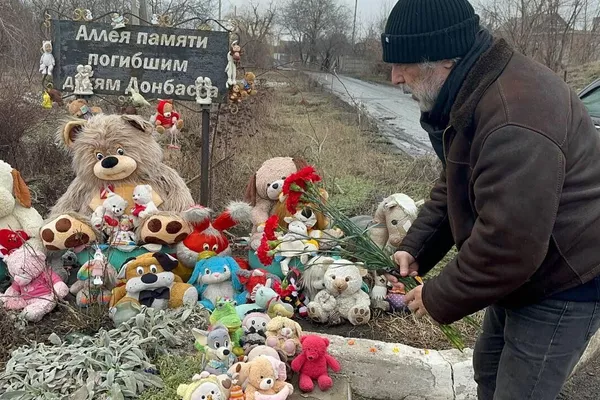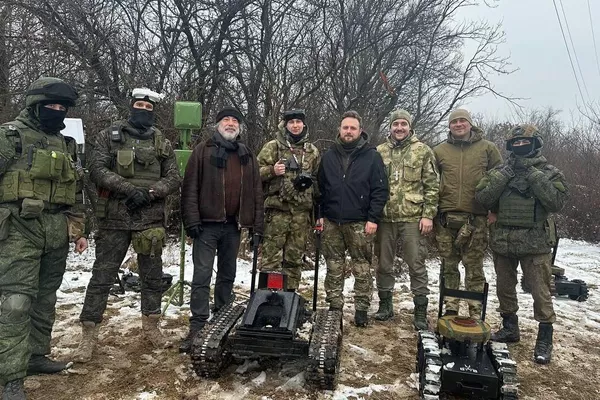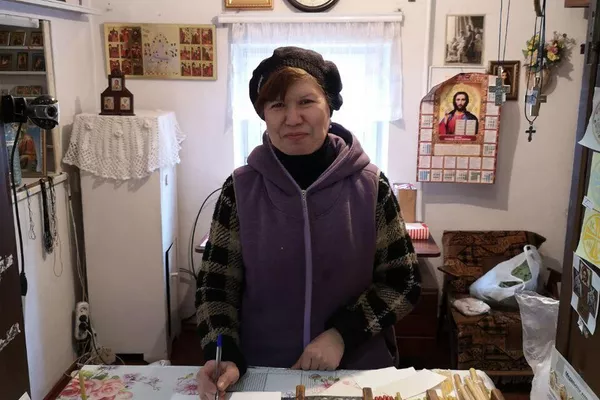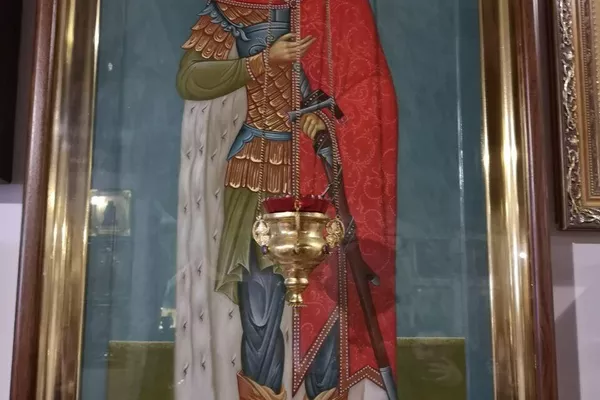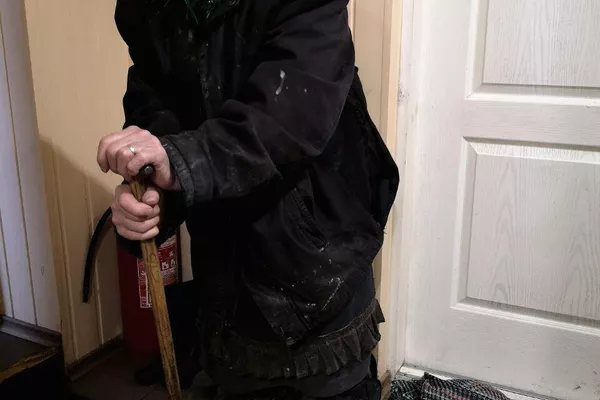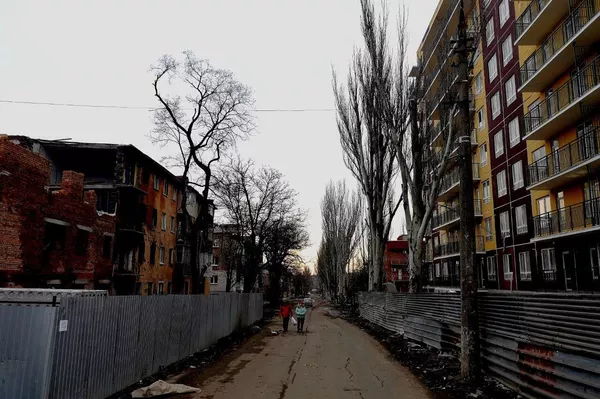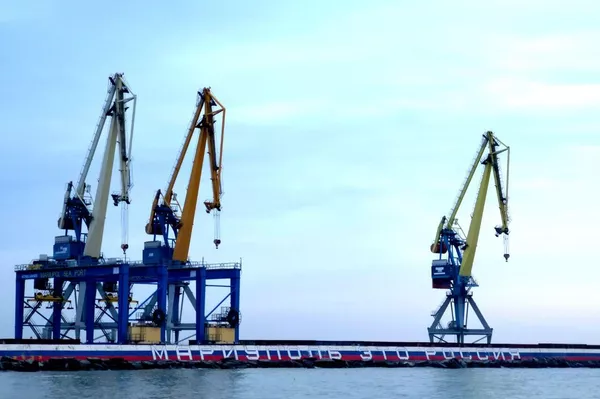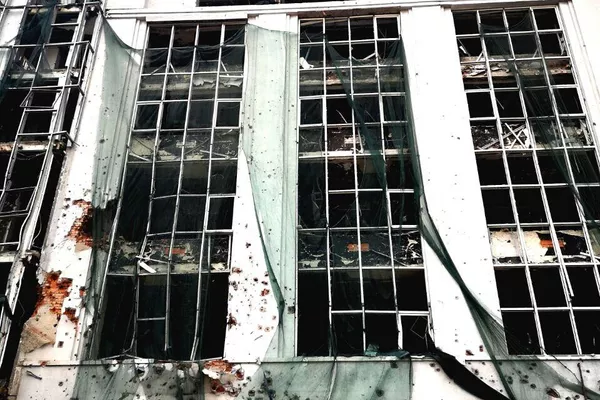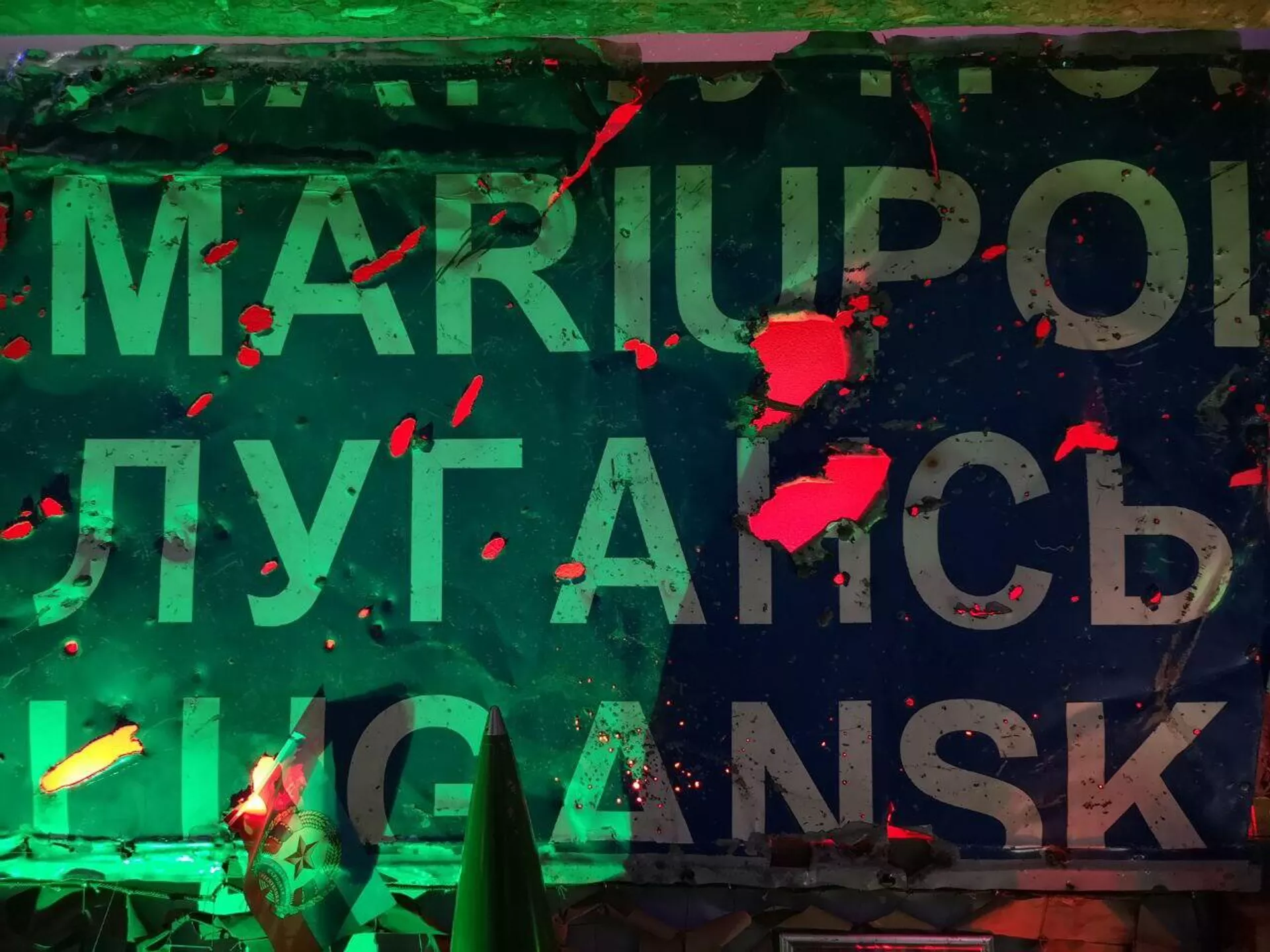L’organisation de gauche américaine Socialist Alternative, qui dans le passé a soutenu le sénateur socialiste américain « indépendant » Bernie Sanders en tant qu’« aile gauche du possible » en 2016 et 2020, s’apprête désormais à soutenir la campagne présidentielle de l’universitaire de gauche Cornel West aux élections présidentielles. Élections de 2024.

Alternative socialiste
Plus récemment, dans un article publié le mois dernier sur son site Internet intitulé « Le système bipartite nous tue : pouvons-nous construire une alternative ? Socialist Alternative désigne le parti « Justice pour tous » récemment formé par West comme un potentiel « parti de masse de la gauche de la classe ouvrière ». En réalité, le parti Justice pour tous est dépourvu de tout programme politique clair et a été créé principalement pour permettre à l’Occident d’obtenir le statut de électeur.

Cornel West
Socialist Alternative a déclaré pour la première fois son soutien à West l’année dernière, lorsque l’ancien démocrate et ancien membre des Socialistes démocrates d’Amérique briguait l’investiture présidentielle du Parti vert – après avoir initialement annoncé qu’il solliciterait l’investiture du Parti populaire, une opération politique mis en place par d’anciens partisans de Sanders. West s’est ensuite retiré de la course du Parti Vert et a déclaré qu’il se présentait comme indépendant. Aucune de ces girations politiques n’a fait réfléchir l’Alternative Socialiste.
Le 16 juin 2023, le Comité exécutif de Socialist Alternative a salué la campagne de West, déclarant que sa « candidature a le potentiel d’offrir une alternative de gauche cruellement nécessaire aux travailleurs et aux opprimés ». Dans cette déclaration, il n’y avait pas moins de 15 références distinctes à Bernie Sanders. Le Comité Exécutif a déploré :
La loyauté de Sanders et de la « Squad » envers le Parti démocrate a été utilisée au service d’attaques brutales contre les travailleurs, y compris le blocage de la grève des cheminots, et elle a profondément sapé la capacité d’organiser les mouvements des travailleurs, dilapidant l’élan. Bernie a généré avec sa campagne une « révolution politique » contre la classe milliardaire.
En août, Socialist Alternative a annoncé une campagne « Les étudiants pour Cornel West », écrivant : « Nous avons besoin d’un changement systémique, et la campagne de Cornel West nous offre l’opportunité de riposter. … Pour être efficace, nous avons besoin que la campagne de Cornel West ait un caractère populaire et de masse. Les jeunes ont un rôle central à jouer dans la création de l’élan initial de la base qui peut attirer des couches de plus en plus nombreuses de personnes avides de changement. Depuis lors, Socialist Alternative a fait campagne pour l’Ouest sur tous les campus où elle est active. Certains voient cette activité comme un moyen de se connecter avec le public à travers un nom qu’ils peuvent reconnaître, puis de l’amener à adopter leur propre point de vue en utilisant simplement la campagne de Cornel West à leurs propres fins.
Dans un article de novembre, Socialist Alternative a fait part de ses inquiétudes concernant « les électeurs de gauche et progressistes qui en ont assez des fausses promesses des démocrates » et a appelé l’Ouest à « entrer dans le vide » causé par les probables élections à venir entre deux candidats largement méprisés. , Trump et « le génocide Joe ».
Le soutien de l’organisation à la campagne occidentale en tant qu’opposition « de gauche et pro-travailleurs » aux démocrates et aux républicains est une sorte de vœu pieux. West est un artiste à saveur de gauche.

Le bilan politique de Cornel West
Le Parti démocrate mène actuellement une « guerre totale » contre les partis tiers et les candidats indépendants, y compris ceux de campagne de l’Ouest, dans le but de les empêcher d’obtenir le droit de vote. Cela ne signifie cependant pas que l’Ouest représente un véritable défi pour le système bipartite.
Tout examen sérieux du bilan de West réduirait à la fois la capacité de sa campagne à maintenir cette immense colère liée à l’impasse de la politique capitaliste et présenterait l’Alternative socialiste comme une organisation politique vide qui s’accroche simplement à l’aile gauche des démocrates.
West a passé des décennies à promouvoir et à soutenir les politiciens démocrates. Il a rejoint le parti radical libéral Democratic Socialists of America (DSA) dans les années 1980 et en a été le président honoraire. Il a fait campagne pour Jesse Jackson dans les années 1980 et a soutenu la campagne de Barack Obama en 2008 avant de susciter des critiques après les élections.

Socialistes démocrates d’Amérique
West a émis des critiques limitées à l’égard du Parti démocrate, qualifiant Obama de « mascotte noire des oligarques de Wall Street ». West, ainsi que Socialist Alternative, ont participé au cirque politique connu sous le nom de Parti populaire, formé en 2017 sur la base de pressions exercées sur Sanders pour qu’il lance un nouveau parti. West et Socialist Alternative ont également soutenu les campagnes présidentielles de Sanders.

Jill Stein
En 2016, West et Socialist Alternative ont décidé de soutenir la candidate du Parti vert, Jill Stein, après que Sanders ait soutenu Clinton. En 2020, ils se sont séparés, West appelant à voter pour Biden aux élections générales. Howie Hawkins, co-fondateur du Parti vert et candidat à la présidentielle de 2020, soutenu par Socialist Alternative.

Howie Hawkins
Le Parti Vert fonctionne comme un groupe de pression orienté vers les dernières modes d’un segment de la classe politique et universitaire avec des solutions anti-scientifiques bizarres à de nombreux problèmes. Les Verts font également preuve d’un déclencheur émotionnel qui les pousse à un bellicisme vicieux.

S’il y a un fil conducteur dans la transition de West d’une alliance politique à une autre, c’est bien son vague réformisme brisé. Dans son livre The American Evasion of Philosophy: A Genealogy of Pragmatism, West dresse explicitement une longue liste de changements mineurs visant à instaurer un « monde meilleur ». La philosophie de West appartient à l’école du pragmatisme américain telle qu’elle a été développée notamment par Richard. Rorty, avec qui West a étudié à Princeton au début des années 1970. Le pragmatisme a différentes variétés, toutes tournant autour d’un déni de la possibilité d’une vérité objective et, lié à cela, d’un rejet de l’histoire en tant que processus régi par des lois dans lequel des modèles peuvent être observés et modifiés. Dans ses formes modernes et en particulier dans les écrits de Rorty, le pragmatisme s’oppose explicitement à toute intervention dans la vie sociale visant à changer le cours des événements pour le mieux pour la plupart des gens.
L’approche pragmatique de Cornel West en matière de politique et de théorie implique un mélange éclectique de politiques nationalistes noires, raciales et identitaires, qu’il combine avec des conceptions ouvertement religieuses et irrationalistes.


